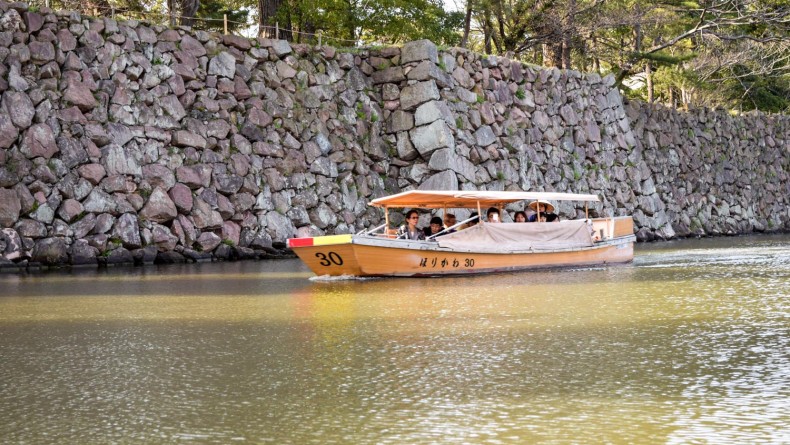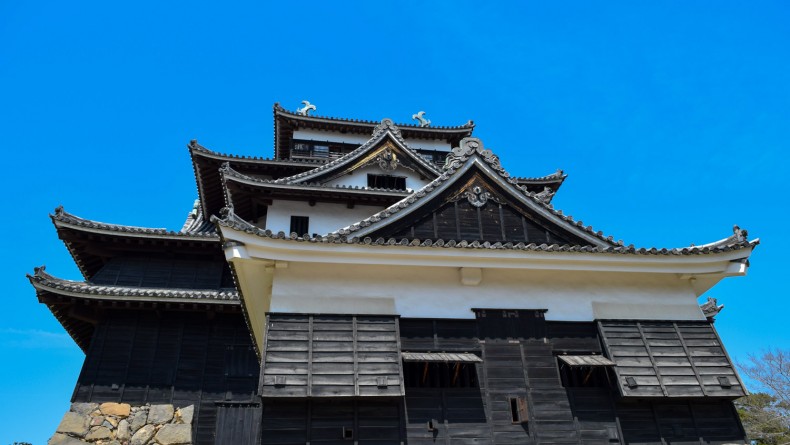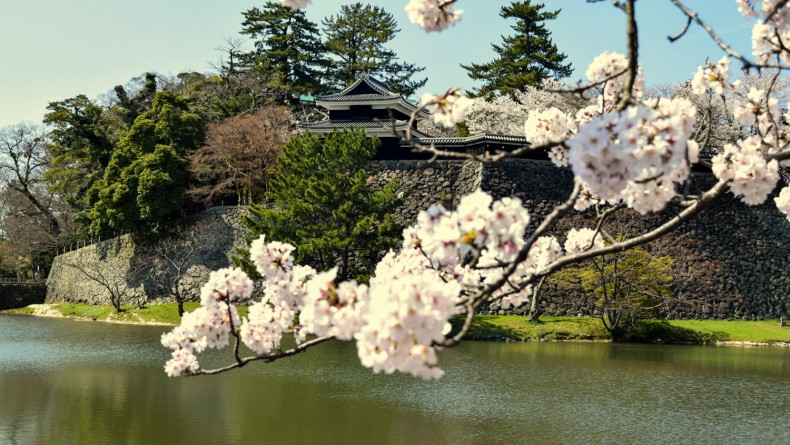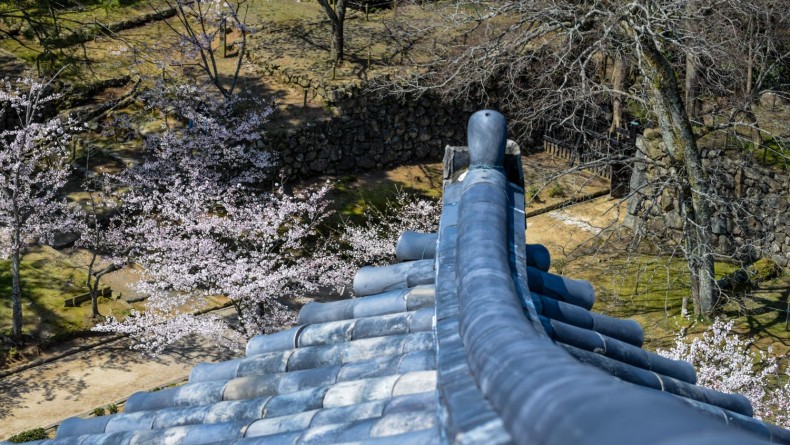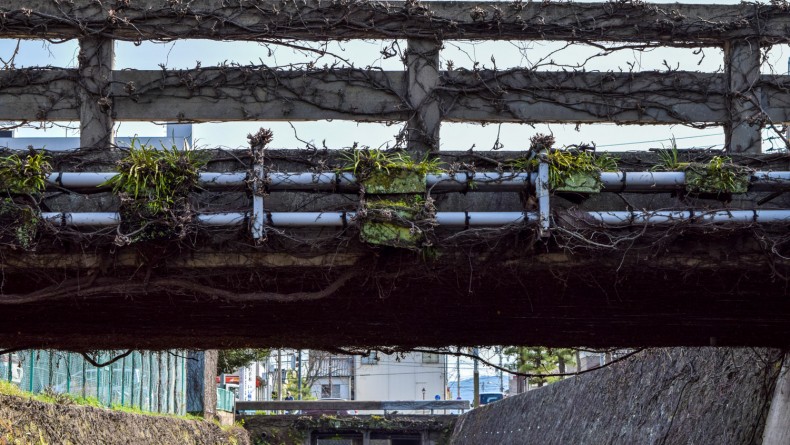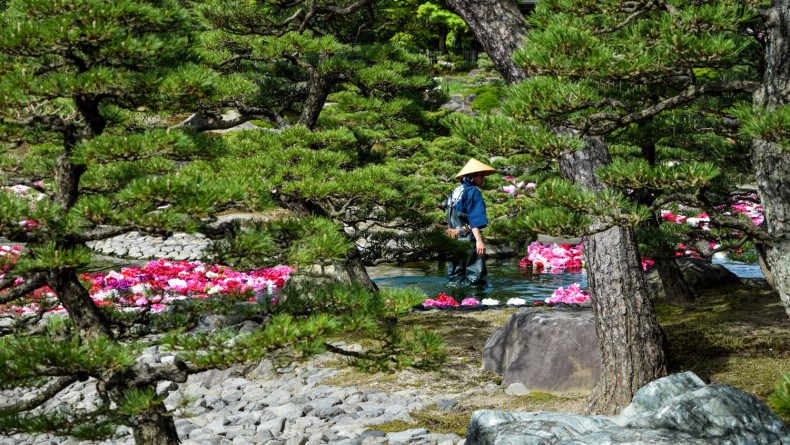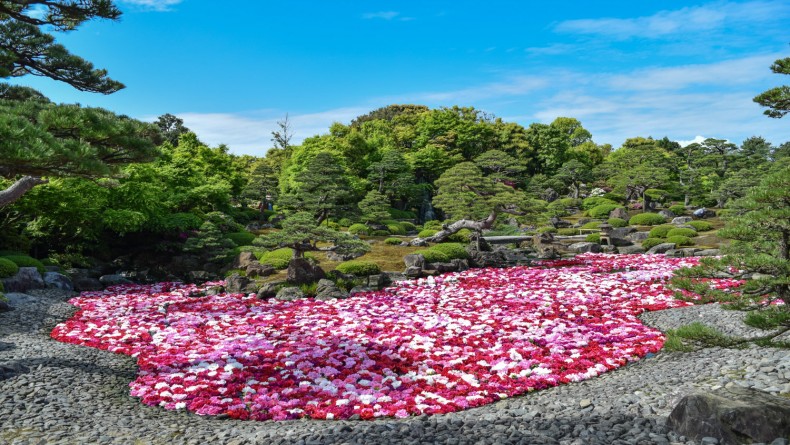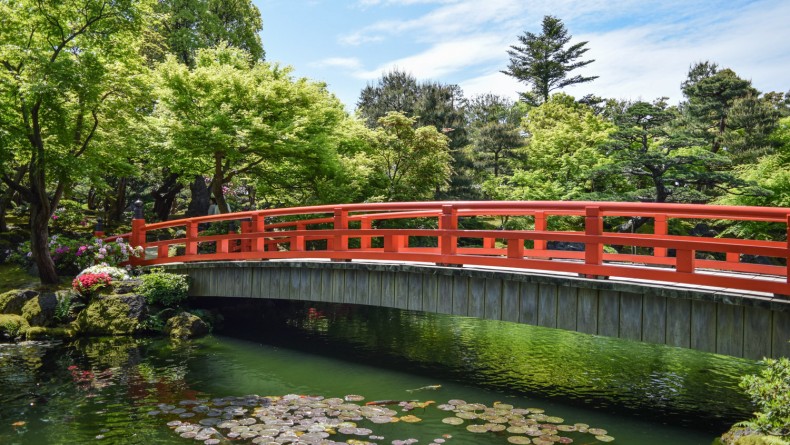Matsue: An Underrated Culture Destination
To experience traditional Japan, sometimes you need to leave the city. Considered the second least populated prefecture in the country, Shimane is often bypassed by travelers. But hidden behind the Chugoku mountains is a picturesque former castle town called Matsue. To miss Matsue is to miss one of the places that still carries the soul of Japan.
Matsue is also called the “City of Water” because it is hemmed in by Lake Shinji, Nakaumi Lagoon and the churning Sea of Japan. Once the military center of the then Izumo province, Matsue built both inner and outer moats to protect the city. Because of its intricate network of canals and bridges, the city is also nicknamed the Venice of Japan. In fact, Matsue is one of the few places in Japan where you can enjoy a water landscape that has remained unchanged over the centuries. Near the castle, you can hop on one of the Horikawa sightseeing boats. Each is manned by an able guide who sometimes warns passengers to duck their heads, saying, “Abunai! Ki o tsukete!” as the boat’s roof lowers to allow it to pass under some very low bridges.
The cruise is certainly relaxing as the boats quietly meander along the city’s scenic waterways. Along the ride, you may see turtles perched on logs or clustered on rocks, sunning themselves in the yellow heat of a spring afternoon. You may see herons dipping in and out of the green-brown water. Houses sit right on the water’s edge. You may even catch a glimpse of a living room window filled with stuffed animals welcoming visitors to Matsue.
Matsue is also home to one of Japan’s 12 remaining original castle keeps. Started in 1607 and completed in 1611, the formidable black tower is not a reconstruction like many others in Japan. Fortunately, the original wooden structure escaped destruction during the Meiji Restoration and World War II.
Irish-Greek writer Lafcadio Hearn, who lived in Matsue for 15 months, describes the castle as “a vast and sinister shape, all iron-grey, rising against the sky from a cyclopean foundation of stone” and “a veritable architectural dragon…full of eyes set at all conceivable angles, above, below and on every side.”
Hearn’s impression of the castle may have been influenced by a legend that a young woman was sacrificed during its construction and interred alive under the castle walls. Because the sacrificed woman was fond of dancing, Matsue also passed a law preventing any young woman from dancing in the streets for fear that the castle would collapse. Today, the castle tower still rises proudly, but seems less menacing. Instead, it appears a benevolent sentinel continuing to watch over the city.
The building is also called Chidori Jo, or Plover Castle, because its curling roofs resemble the outstretched wings of a plover bird. Although the castle appears to have five levels, there is an extra hidden floor inside which was used to defend the castle.
Within, the staircases that climb up the tower are narrow and steep; the wooden railings polished by countless hands that have stroked them across the centuries. On one of the floors, original samurai suits of armor of the Matsudaira clan, Matsue’s former ruling class, are displayed: spiked jackets embellished with different colored threads, forbidding black helmets with sharp bull-like horns, glistening swords and black metal masks with fierce grimaces and moustaches. Also on display are a pair of the original shachi (mythical fish or dolphins) that were once placed on the castle top to prevent the tower from burning down.
From the top floor, you can enjoy panoramic views of the cityscape and Lake Shinji. On a clear day, you can even see Mount Daisen, a mountain in the Chugoku region that strongly resembles Mount Fuji.
Next to Matsue Castle is Shiomi Nawate Street, a traditional samurai street which houses many interesting cultural sites. Here you can find buke yashiki, an authentic samurai residence, as well as the former residence and a museum dedicated to Hearn.
Credited as one of the first authors to expose Japan and its culture to Western readers, Hearn soon became Matsue’s adopted son. Even though he spent a very short time teaching English in this city, Matsue left a deep impression on him. While living there, he married Setsu Koizumi, a Japanese woman from an old samurai family. and changed his name to Yakumo Koizumi. In fact, he was one of the first Westerners to become a naturalized Japanese citizen. Matsue inspired his most famous works: “Glimpses of Unfamiliar Japan” and “Kwaidan: Stories and Studies of Strange Things,” a collection of Japanese folklore stories.
Matsue, together with Kyoto and Kanazawa, is also considered one of three major centers for sado (tea ceremony culture) and wagashi (traditional Japanese confectionery). In fact, Matsue is rumored to consume five times the national average of tea.
During the Edo period (1600 to 1868), Matsue’s seventh lord, Harusato Matsudaira (also called Fumai-ko), began to promote tea culture in the tiny castle town. It became so popular that by the Meiji period (1868 to 1912), Matsue had developed a signature school of tea ceremony known as the Fumai-ryū. If you stroll around the castle and the city, you are bound to encounter many traditional tea houses.
You can even visit a tea house that was built under the lord’s orders in 1779. Located near the castle and just off Shiomi Nawate Street, Meimei-an Tea House offers visitors the chance to experience Matsue’s own Fumai-style tea ceremony. Visitors can also enjoy tea ceremony at Gesshoji, also called the temple of the moonlight. This was one of Hearn’s favorite places in Matsue. On Shiome Nawate Street, you can also check out the Tanabe Art Museum which displays many tea bowls and utensils associated with sado.
One of the highlights of Matsue is its Grand Tea Ceremony hosted over one weekend in October at Matsue Castle and other locations in the city. Tea aficionados make the pilgrimage to Matsue to enjoy different schools of sado and Matsue’s trademark wagashi called wakakusa.
To round off any trip to Matsue, be sure not to miss the brilliant sunsets over Lake Shinji. Hearn describes them as “exquisite astonishments of tinting” where “all the fainter colors change every five minutes—wondrously change and shift like tones and shades of fine shot-silks.”
You can enjoy some of the best views from the Shimane Art Museum, which is located on the lake’s shores. The museum itself houses an impressive collection of paintings by Monet, sculptures by Rodin, and woodblock prints by Hiroshige Utagawa.
Matsue is also the perfect base to take side trips to two beautiful gardens: Yuushien Garden and the gardens of the Adachi Museum of Art. Even though Japan is crammed with beautiful gardens, these two are certainly stunning.
Located in nearby Yasugi, the Adachi Museum of Art has 165,000 square meters of landscaped gardens which, since 2003, have been consistently rated as some of the best Japanese gardens by the Journal of Japanese Gardening. The exquisitely manicured gardens have also been rated as “worth the trip,” with three stars from the Michelin Green Guide Japan. Described as “a living Japanese painting,” you can view all six gardens from specially curated spots in the museum. The landscape is never constant but dynamic, changing with the seasons.
The museum also seamlessly combines art and landscaping. Many of the paintings inside by Taikan Yokoyama mirror the gardens outside. There are also pieces by Shiho Sakakibara and Shunso Hishida and ceramics by Rosanjin Kitaoji and Kanjiro Kawai.
Unlike the gardens at Adachi, you can actually stroll through Yuushien, a beautiful circuit style garden on Daikonshima, a tiny volcanic island in the middle of Nakaumi Lagoon. Located in eastern Matsue, this compact garden is world famous for its Korean ginseng and peonies. Every spring, around the end of April and the beginning of May, visitors flock to the garden to see its ponds filled with rafts clustered with 250 different types of peonies.
The Deets
Getting there: The quickest way to Matsue is by airplane, from Tokyo to Yonago on ANA (75 minutes) or Tokyo to Izumo on JAL (90 minutes). Buses run from both airports to Matsue Station and the journey takes about 30 to 45 minutes. You can also take the JR Tokaido/Sanyo shinkansen from Tokyo to Okayama (about four hours) and then change to the Yakumo limited express line to Matsue (two and a half hours). An overnight bus from Tokyo to Matsue takes 12 hours.
Getting around: There are trains and buses that run to the major sites (a one-day bus pass costs ¥500). If you’re fit enough, it takes 30 minutes to walk from Matsue station to the castle and its environs.
More info: For additional information on Matsue, check the city’s official tourism website. For details on the Adachi Museum of Art, please click here. For more information about Yuushien Garden, click here.
Photos by Jesse Ramnanansingh.

